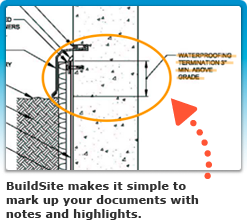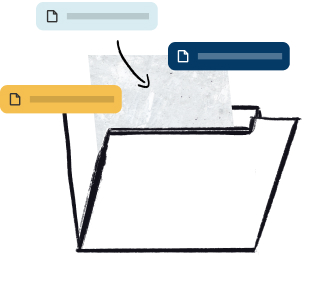Significance and Use
Asphalt-based, solvent-type, fibered or nonfibered, aluminum-pigmented roof coatings are used as a protective coating for solar reflection to prolong the life of roofing materials or where decorative qualities are desired.
Suitable application of aluminum-pigmented asphalt roof coatings is an important factor in achieving a successful long-term coating. Suitable application is, in part, dependent upon appropriate specifications to guide the work. This guide can be useful in facilitating development of an appropriate specification for surface preparation and application of the roof coating.
Designers/specifiers of coatings may use this guide in preparing the application portion of their specification. Contractors working directly for the building owner, may also use this guide.
This guide is not all-inclusive. Manufacturer's application instructions should be consulted and geographical “area practices” considered. Consult membrane manufacturer and coating manufacturer for acceptability of procedures and products.
1. Scope
1.1 This guide covers the application methods for Specification D 2824 Aluminum-Pigmented Asphalt Roof Coatings, Non-Fibered (Type I), Asbestos Fibered (Type II), and Fibered without Asbestos (Type III), for application on asphalt built-up roof membranes, modified bitumen roof membranes, bituminous base flashings, concrete surfaces, metal surfaces, emulsion coatings, and solvent-based coatings. This guide does not apply to the selection of a specific aluminum-pigmented asphalt roof coating type for use on specific projects.
1.2 The values stated in either SI units or inch-pound units are to be regarded separately as standard. The values stated in each system may not be exact equivalents; therefore, each system shall be used independently of the other. Combining values from the two systems may result in non-conformance with the standard.
1.3 This standard does not purport to address all of the safety concerns, if any, associated with its use. It is the responsibility of the user of this standard to establish appropriate safety and health practices and determine the applicability of regulatory limitations prior to use. Specific precautionary statements are given in Section 4.
Reproduced, with permission, from the ASTM International website, copyright ASTM International, 100 Barr Harbor Drive, West Conshohocken, PA 19428. To purchase the complete standard, go to http://www.astm.org/.



